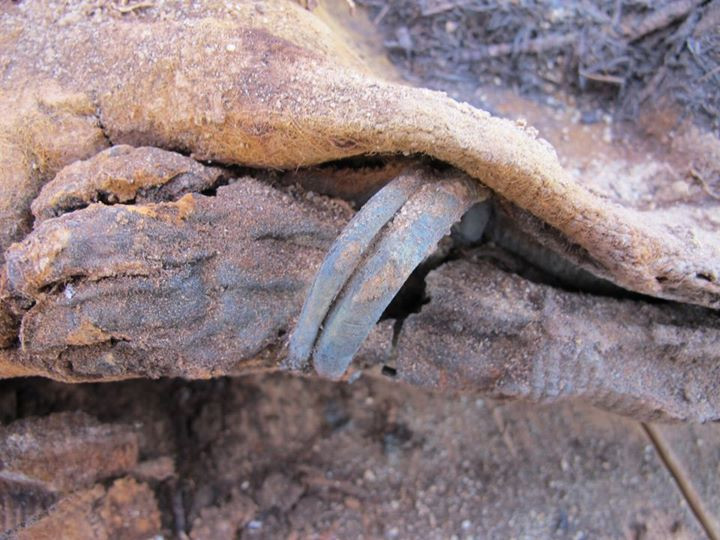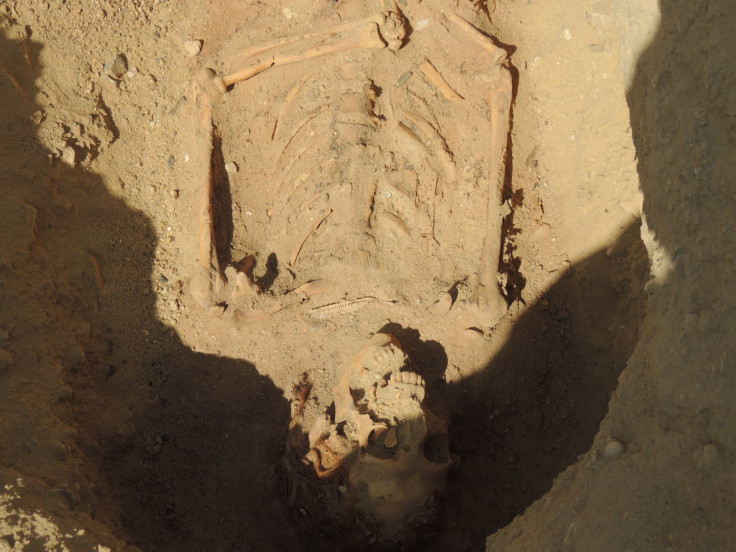One million 'mummies' discovered in ancient Egyptian cemetery
Over a million mummies have been discovered in an ancient Egyptian cemetery, archaeologists have announced.
The cemetery, in the Selia, in the Fayum Region of Egypt, has been the subject of excavation for almost 30 years and it is believed to have been a mass grave for poor people living when the Roman Empire controlled Egypt.
Called Fag el-Gamous, meaning Way of the Cow, experts from the Brigham Young University in Utah presented their findings at the Society for the Study of Egyptian Antiquities Scholars Colloquium, Live Science reports.
Project director Kerry Muhlestein said: "We are fairly certain we have over a million burials within this cemetery. It's large, and it's dense."

While not mummified in the traditional sense - with organs removed - the corpses had petrified over time in the arid environment: "I don't think you would term what happens to these burials as true mummification. If we want to use the term loosely, then they were mummified."
The cemetery is believed to have been for non-wealthy people. They were often buried without any grave goods or coffins. Some of the shafts were up to 23m deep.
Wilfred Griggs, from Religious Studies Centre at BYU, wrote in an earlier paper: "Burials ranged in number from one in the shallow shafts to twelve in the deep shafts, with burial chambers branching off horizontally from the shaft.

"We cannot determine whether the large number of burials in one shaft-tomb represented a family burial, opened repeatedly as different members of the family died (both children and adults were buried in the multiple-burial tombs), or whether some catastrophe in the village or family resulted in a mass common burial effort."
Many of the mummies date from the Roman or Byzantine Empire, from the 1<sup>st to the 7<sup>th century.
While most did not have riches buried with them, some had jewellery, coins and textiles. Commenting on their findings last year, researchers also said the mummification process was attempted in some cases: "The toes and toenails and brain and tongue were amazingly preserved," they wrote of one child mummy.

"This little girl was about 18 months old when she passed away. She was buried with great care as someone who obviously loved her very much did all they could to take care of this little girl in burial."
Experts are still trying to establish why such a large cemetery was set up at the site – the nearby village would not have been big enough to warrant it, and the nearest large town had its own cemetery.
"It's hard to know where all these people were coming from," Muhlestein told Live Science.
© Copyright IBTimes 2025. All rights reserved.






















